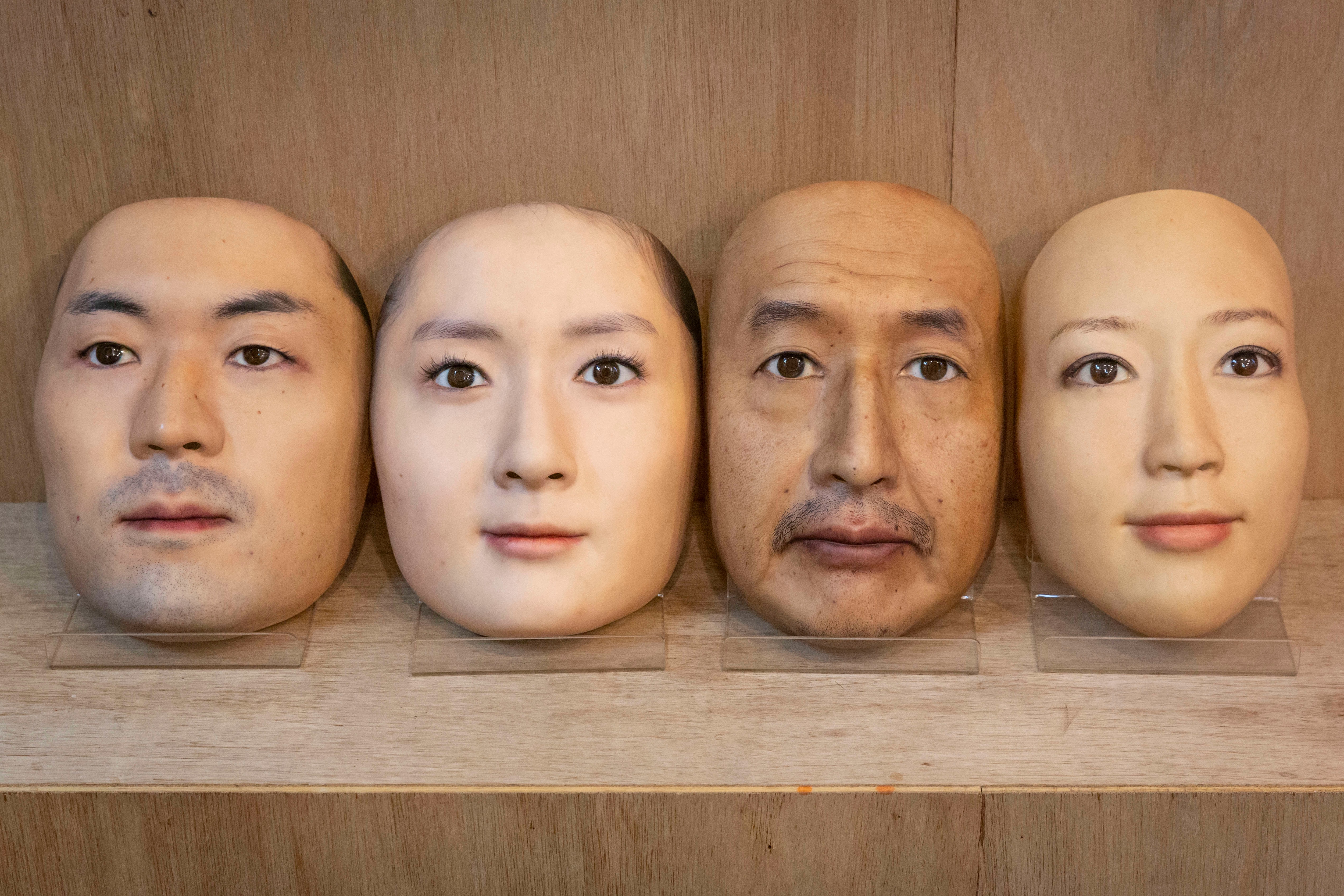Create a free profile to get unlimited access to exclusive videos, sweepstakes, and more!
Get your Face/Off on with hyper-realistic 3D printed masks that let you swap faces with strangers

John Anderton (Tom Cruise) had to see through another person’s eyes to topple a dystopian scheme in Minority Report, Steven Spielberg’s cautionary futuristic tale of a society that pays a heavy price to banish crime. But a Tokyo mask maker is thinking even bigger, crafting 3D-printed masks based on real people’s entire faces — and they’re so realistic, they might even fool a face-scanning AI.
Cue your own weird recreation of that 1997 sci-fi actioner Face/Off starring Nic Cage and John Travolta.
Artsist Shuhei Okawara made waves late last year when he announced he would pay real money for the rights to use other people’s likeness to create his spot-on masks — and, according to Reuters, actually had people lining up to take the deal. Now the masks have gone on sale, and it’s uncanny how spot-on their resemblance is to a living, breathing person.
Just check out the real Okawara next to a mask of his own face (and yes, the Okawara mask is for sale, though you’ll need to navigate the Japanese-language website of his mask shop, Kamenya Omote, to score one):
Okawara explained to Gizmodo that he scales the masks up to 105 percent of their real-life size (presumably to fit most would-be wearers), but wouldn’t reveal his digital secrets for feeding such lifelike instructions into his digital 3D-printing machine. He also said there’s not a high degree of functionality: unlike costume masks, his masks’ inflexible plastic construction makes it hard to breathe and hard to see, and their close fit restricts the wearer’s facial movements. Guess that’s just the price you have to pay for realism, though:
Aside from freaking people out, what are the masks actually for? It probably goes without saying, but they’re not for warding off COVID-19 or any other health-related use. The narrow breathing holes at the base of the nose are cut to directly bring in the precious outside air — especially vital when it’s already hard to breathe through the mask in the first place.
For both the wearer and the person who sells their image so someone else can wear it, Okawara thinks it’s more of an aesthetic question than a functional one. The masks are offered as part of “That Face,” an experimental art project that’s only a small part of his mask shop’s business, and he theorized to Gizmodo that there’s probably a little bit of escapism behind the desire to slip behind the guise of someone else.
“People don’t necessarily want their ideal face, they just want a transformation,” he said. “People can accept the pain of transformation. Just like a tattoo.”
Granted, we’ve all seen some freaky-looking tattoos…but not this level of freaky. And while no one’s likely to stay confused too long about whether they’re looking at a real face if they encounter one of Okawara’s masks in real life, we’ve gotta wonder about the tricks and double-crosses that could be played online, where the masks look plenty convincing in static photos. Could someone find a nefarious use for trading faces with a stranger?
“I think if you abuse it, you will be caught immediately,” Okawara told VICE back in December. “Crime is only creative in movies. Would you regulate the sale of balaclavas because of the image of bank robbers?”
Fair point. Plus, even when it was do or die, John Anderton put his illegally-gotten eyeballs to use solving crimes, not doing them.





























